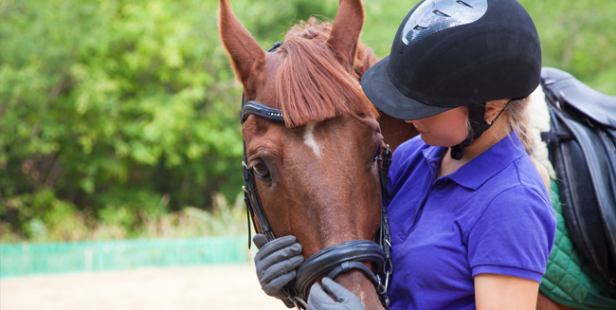Monday 6th March, 2017

The show season will be here before we know it, and now is the time to spring into action and start a fitness schedule for both horse and rider. In order to perform well inside and outside of the ring, you and your horse need to be in peak condition, and this won’t happen overnight. Maintaining and sustaining fitness requires commitment, dedication and determination, so to help you on your way to sweeping the ribbons this season, we have devised a fool proof fitness plan to get you show ready for 2017.
One too many scoops of molasses or second helpings of mince pies over Christmas means that many of us enter spring in a less than desirable condition. When considering any fitness plan, you need to tailor your schedule to your current capacity and physical ability so that you don’t become injured, and you can then gradually increase the intensity and duration of exercise over a period of time. Ideally a new fitness schedule should span twelve weeks prior to the start of the new season or specific event, taking into account you and your horse’s current level of fitness and the demands placed on you in your discipline at a competitive level.
The old saying ‘don’t try to run before you can walk’ has never been truer than when starting a new fitness schedule. Months of irregular activity and extended periods of stabling will result in muscular atrophy, so your first port of call is rebuilding and strengthening the muscles for both you and your horse. Training must start slow, going right back to basics with gentle schooling and regular low impact hacks to improve general fitness, then as you start to increase the length and frequency, you can introduce more intense schooling sessions and challenging cardiovascular rides. Rest and recovery is as important as the training itself, so ensure that your horse has a large, welcoming stable or stall in which to recuperate and recharge post session.
Love it or loathe it, lunging is hugely important when training your horse as it allows you to study his form, confirmation, outline and pace from the ground. Lunging can be done in a ménage or small paddock, and requires very little equipment, making it perfect for days when you haven’t got time to ride but need to incorporate some schooling in to your schedule. If you are not confident at lunging, ask your riding instructor to put your horse through his paces to assess his general fitness and also give you some pointers in how to lunge safely and effectively.
There is no doubt that what we put into our bodies has a vital role in how our bodies perform, and this applies in equal measure to our equine friends. Good nutrition provides the building blocks to a strong, fit body that functions well, therefore diet is key to a successful training schedule. When we begin to work our horses harder there is a greater demand for protein to repair and rebuild the muscles and carbohydrate to provide energy, and without these components the body will simply break down existing tissue to get what it needs. As training progresses, your horse will need additional good quality hard feeds to maintain energy levels and condition, plus additional amino acid rich supplements such as spirulina or BCAA to aid muscle growth and development.